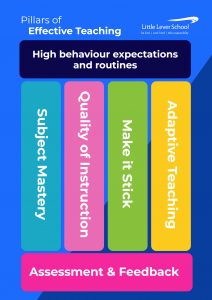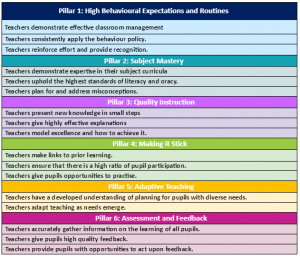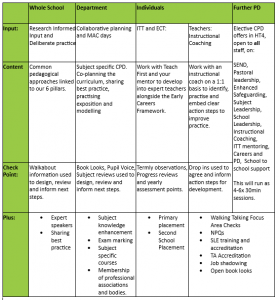At Little Lever School, our students receive a world class curriculum. Our curriculum is research informed and constructed by experts. It is continually reviewed, amended and improved in light of assessment information gathered in lessons so that it is responsive to the needs of all pupils.
We are ambitious for all our students, including our disadvantaged learners and those with SEND. Knowledge is thoughtfully selected, intelligently sequenced, and carefully secured to ensure that all students can achieve things they never thought they could. Through an iterative approach to teaching, learning and assessment, students ‘master’ the knowledge required to be successful in further education and employment. A wide range of enrichment opportunities are also available to support students with broadening their experiences and preparing them for future success.
You can find more information on each subject’s individual vision and sequencing of learning here.
If you would like more detailed information on a subject curriculum, please email the school, and request further information from the subject leader of your required subject.



